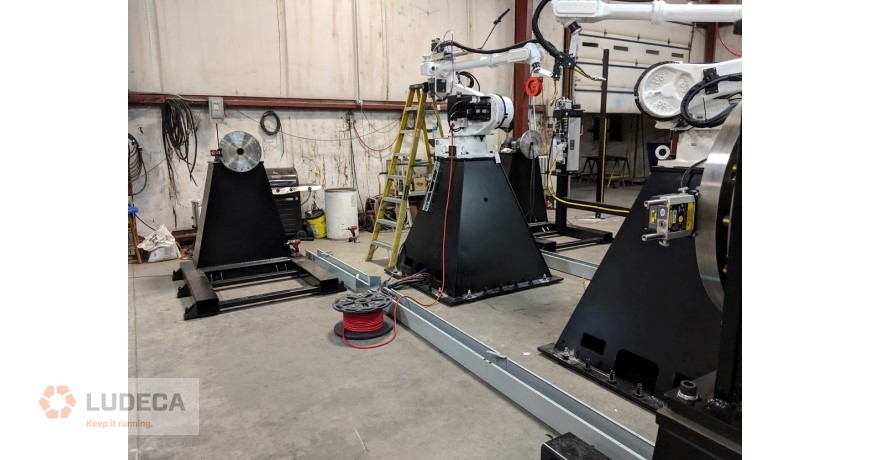In general, laser shaft alignment systems have increased the ability to eliminate misalignment defects. There are many systems on the market, with varying capabilities, but the core benefit has been that the computer and laser work together to create an alignment report that can be used to assess and determine corrective action.
With advances in the interface and measurement technology, the skill required to take measurements has been reduced when compared to older methods, such as dial indicators. Thus, more users can perform the job with less training for the task of gathering the measurements. Unfortunately, this convenience has in some cases resulted in the good practices of the fundamentals of shaft alignment falling by the wayside, given the perceived ease of use. It has gone so far that some systems have marketed the idea that alignment can be done faster and in fewer and fewer steps to the point of rough alignment not even being necessary!
Is rough alignment not necessary?!?!
The claim is that if the laser can measure the misalignment without the laser going outside the detector, the alignment can be determined and the entire correction is done once. Anyone who has done at least one alignment in the field knows that this is far from the truth as you can’t escape physics in shaft alignment.
Depending on the setup, dial indicators could measure far more misalignment than a laser setup. Let’s say you had a situation where the indicators showed 300 thou misalignment. If you performed the right calculation would you expect to move the machine one time and get it within tolerance? Absolutely not! The reason is that the two shafts would be so strained as to the force required to bring the machines back together, that the coupling would be impossible to install, the shaft would deflect, and the forces would cause incorrect soft foot measurements. Again, you can’t escape physics.
The solution is to rough align the machine! It’s a best practice as per our field-proven 5-Step Shaft Alignment Procedure, which applies to all shaft alignment tools.
What about measuring severe out-of-alignment conditions with a laser alignment system?
First of all, if you are aligning an existing machine that has been running and did not experience a failure, I will give the previous alignment technician the benefit of the doubt that it was not severely out of alignment, and 99% of the time, you will not encounter the laser going out of the detector.
Second, if it is a rough alignment there is a chance it could move out of alignment for any laser shaft alignment system, single or dual beam. In rough alignment, you will typically align with a straight edge and most likely be within laser detector range to get an approximate set of readings. In one case, I checked the rough alignment of the machine with a 27-foot separation between machines (shown below.)

The lasers moved 8″ from the detector on both sides. Regardless of whether you had a single beam or a dual-beam system, there is no system on the market with a detector that is 8″ in size to handle this rough alignment, nor is it necessary, provided you have a dual laser beam type laser alignment system.
How do you rough align with a laser alignment system?
Fortunately, I used the Easy-Laser XT770 which features a dual laser configuration. Using a process called “coning” I was able to rotate both shafts from 90 to 270 degrees, move lasers to the middle of travel and then use them as a visual indicator to align the machines until both lasers hit the center of both detectors. In one vertical and horizontal movement, like magic, the axes of rotation were rough aligned. The millwrights on hand were amazed at how quick, efficient and intuitive this method was – which can only be done with a dual laser alignment system. This means the machines were roughly aligned 27 feet apart without dealing with a complicated movement of the laser during measurement as the single laser systems require. We were then able to do a full 360-degree measurement, get the values, and start the alignment corrections and finish the alignment as per the 5-Step shaft alignment procedure.
Related Blog: Benefits of Performing a Rough or Initial Soft Foot in an Overall Alignment Procedure
Filed under:
Alignment by Daus Studenberg CRL
